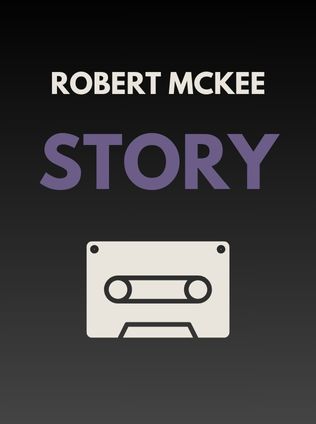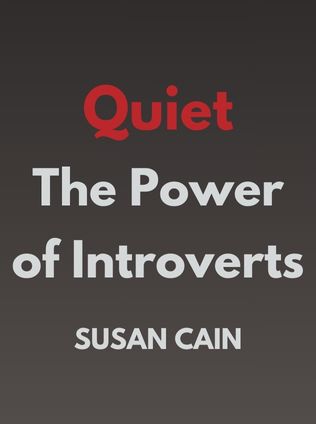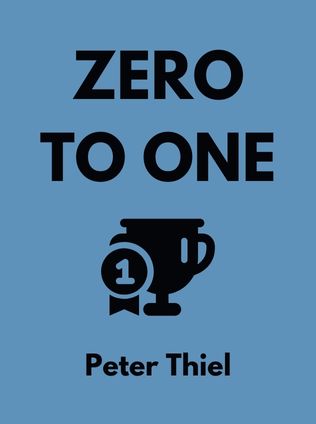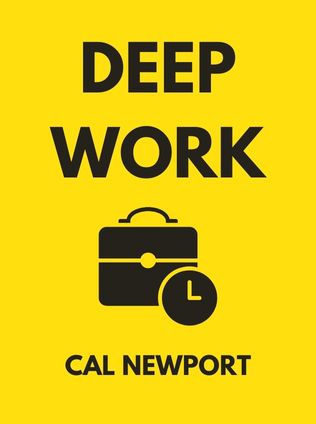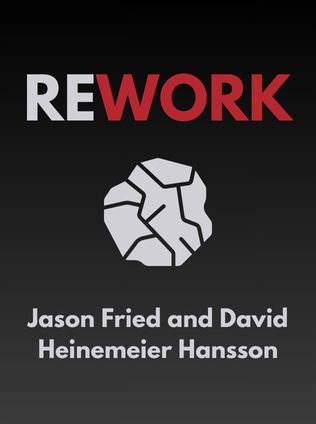
Business Chemistry
Practical Magic for Crafting Powerful Work Relationships
By Suzanne Vickberg, Kim Christfort
Published 05/2018
About the Authors
Kim Christfort joined Deloitte as a systems analyst and now heads the Deloitte Greenhouse team in the United States, a group that delivers interactive experiences expressly designed to shift thinking, activate teams, and accelerate breakthroughs. With a career spanning various roles, Christfort has honed her expertise in organizational dynamics and team effectiveness, making her a leading voice in the field of business chemistry.
Suzanne Vickberg began her career focused on health psychology research and program evaluation, then shifted her focus to organizational culture and employee engagement, which she practices at Deloitte. Her background in psychology and deep understanding of human behavior enable her to provide valuable insights into team dynamics and interpersonal relationships in the workplace.
Main Idea
Business Chemistry: Practical Magic for Crafting Powerful Work Relationships by Kim Christfort and Suzanne Vickberg explores the concept of business chemistry, a framework designed to improve work relationships by understanding and leveraging different working styles. The book identifies four distinct business chemistry types—Pioneers, Guardians, Drivers, and Integrators—and provides strategies for working effectively with each type. By recognizing and appreciating these differences, leaders and team members can create a more inclusive and productive work environment.
Table of Contents
- Introduction to Business Chemistry
- The Four Business Chemistry Types
- Strategies for Working with Different Types
- Building Effective Teams
- Developing Individual and Team Potential
- Case Studies and Real-World Applications
- Conclusion
Analyzing and Explaining Each Idea in Depth
Introduction to Business Chemistry
The introduction sets the stage for understanding the importance of business chemistry in creating powerful work relationships. Christfort and Vickberg argue that successful teams are not just about having the right skills but also about understanding and managing interpersonal dynamics. They propose that by identifying and appreciating different working styles, individuals can improve collaboration and team performance.
“Ever wonder what it is that makes two people click or clash? Or why some groups excel while others fumble? Or how you, as a leader, can make or break team potential?” – Kim Christfort and Suzanne Vickberg
By introducing the concept of business chemistry, the authors aim to provide a practical framework for leaders to harness the power of diversity in working styles, turning potential conflicts into strengths.
The Four Business Chemistry Types
Christfort and Vickberg identify four distinct business chemistry types: Pioneers, Guardians, Drivers, and Integrators. Each type has unique characteristics, strengths, and challenges. Understanding these types is crucial for creating a harmonious and effective work environment.
Pioneers
Pioneers are characterized by their love for possibilities and their ability to spark energy and imagination. They thrive on brainstorming and are often the source of innovative ideas. However, their aversion to details and structure can sometimes make them appear scattered and impractical.
“Pioneers love imagining what could be, and don’t hesitate to reach beyond the status quo.” – Kim Christfort and Suzanne Vickberg
To work effectively with Pioneers, it's important to allow for free-flowing discussion and idea generation, providing them with the freedom to explore new possibilities while also guiding them towards actionable steps.
Guardians
Guardians value stability and bring order and rigor to their work. They are methodical, careful, and disciplined, making them reliable and dependable team members. However, their resistance to change and new environments can sometimes hinder innovation.
“Guardians are most comfortable when the waters are calm and no big waves are rocking their boat.” – Kim Christfort and Suzanne Vickberg
Effective collaboration with Guardians involves providing clear expectations and allowing them to contribute to planning and problem-solving processes. Their attention to detail and organizational skills can complement more creative team members.
Drivers
Drivers are focused on challenge and generating momentum. They are direct, competitive, and results-oriented. Their ability to make tough decisions and get things done makes them valuable leaders. However, their impatience and blunt communication style can sometimes create friction with others.
“Drivers love a challenge, and they love to challenge. They are focused and competitive.” – Kim Christfort and Suzanne Vickberg
Working with Drivers requires clear, concise communication and setting measurable goals. It's also important to provide them with opportunities to lead and make impactful decisions.
Sign up for FREE and get access to 1,400+ books summaries.
You May Also Like
How To Win Friends and Influence People
The All-Time Classic Manual Of People Skills
By Dale CarnegieQuiet: The Power of Introverts
The Power of Introverts in a World That Can't Stop Talking
By Susan CainThe Lean Startup
How Today's Entrepreneurs Use Continuous Innovation to Create Radically Successful Businesses
By Eric RiesWho Moved My Cheese?
An Amazing Way to Deal with Change in Your Work and in Your Life
By Spencer Johnson, M.D.Make Your Bed
Little Things That Can Change Your Life...And Maybe the World
By William H. McRaven

